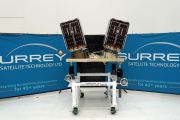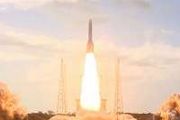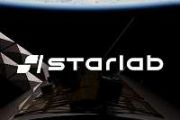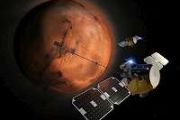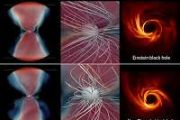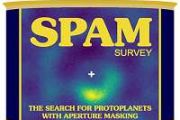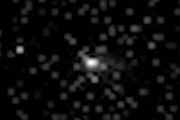
Copernical Team
Jeff Bezos riding his own rocket in July, joining 1st crew

Experiment and innovate on our spacecraft

We provide the spacecraft, the tools and some funding. Your job? Come up with innovative experiments you want to run on it.
Sourcing space debris and surveying asteroid smash: challenges for AI & space experts
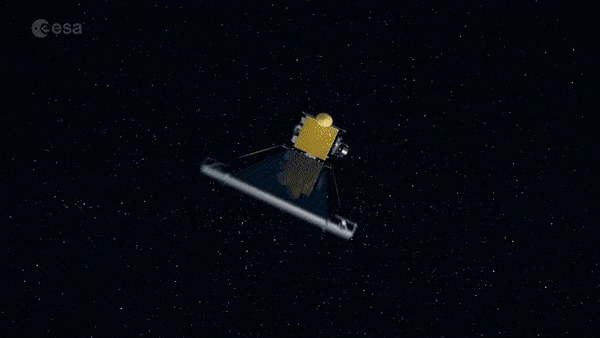
Machine-learning and AI specialists are invited to compete alongside space engineers in a pair of challenges related to ESA’s Space Safety and Security programme, open to teams from across the globe.
ESA investigates cultured meat as novel space food

ESA is seeking proposals to investigate the application of cellular agriculture as a novel technique to produce food, in particular cultured meat, during future long-term space missions.
New study shines light on hazards of Earth's largest volcano
 Scientists from the University of Miami (UM) Rosenstiel School of Marine and Atmospheric Science analyzed ground movements measured by Interferometric Synthetic Aperture Radar (InSAR) satellite data and GPS stations to precisely model where magma intruded and how magma influx changed over time, as well as where faults under the flanks moved without generating significant earthquakes. The GPS net
Scientists from the University of Miami (UM) Rosenstiel School of Marine and Atmospheric Science analyzed ground movements measured by Interferometric Synthetic Aperture Radar (InSAR) satellite data and GPS stations to precisely model where magma intruded and how magma influx changed over time, as well as where faults under the flanks moved without generating significant earthquakes. The GPS net Solar geoengineering may be effective in alleviating impacts of global warming on crops
 Solar geoengineering - putting aerosols into the atmosphere to reflect sunlight and reduce global warming - is not a fix-all for climate change but it could be one of several tools to manage climate risks. A growing body of research has explored the ability of solar geoengineering to reduce physical climate changes. But much less is known about how solar geoengineering could affect the ecosystem
Solar geoengineering - putting aerosols into the atmosphere to reflect sunlight and reduce global warming - is not a fix-all for climate change but it could be one of several tools to manage climate risks. A growing body of research has explored the ability of solar geoengineering to reduce physical climate changes. But much less is known about how solar geoengineering could affect the ecosystem Hyperspectral Infrared Radiance data improves local severe storm forecasts using Hybrid OSSE method
 Since the era of meteorological satellites began in the 1950s, continuous remote sensing instrument improvements have elevated Earth science and have significantly increased available atmospheric observations. Likewise, scientists have made considerable advancements in understanding Earth's atmosphere, climate, and environment.
Furthering growth of atmospheric science within the last 20 ye
Since the era of meteorological satellites began in the 1950s, continuous remote sensing instrument improvements have elevated Earth science and have significantly increased available atmospheric observations. Likewise, scientists have made considerable advancements in understanding Earth's atmosphere, climate, and environment.
Furthering growth of atmospheric science within the last 20 ye US Air Force announces Fourth Vanguard Program
 The Department of the Air Force announced June 4 the designation of Rocket Cargo as the fourth Vanguard program as part of its transformational science and technology portfolio identified in the DAF 2030 Science and Technology strategy for the next decade. Additionally, the U.S. Space Force was designated as the lead service for Rocket Cargo Vanguard, marking the service's first such program.
The Department of the Air Force announced June 4 the designation of Rocket Cargo as the fourth Vanguard program as part of its transformational science and technology portfolio identified in the DAF 2030 Science and Technology strategy for the next decade. Additionally, the U.S. Space Force was designated as the lead service for Rocket Cargo Vanguard, marking the service's first such program. Microscopic Superheroes to Help Protect Astronaut Health in Space
 It's a classic superhero tale: Inconspicuous, underestimated, our hero is revealed to have powers beyond imagination! The hottest and coldest environments on Earth, decades without water, the powerful radiation of space - none of it is any match for...the tardigrade!
This chubby, microscopic, eight-legged animal may be an unlikely hero, but tardigrades, also known as water bears due to the
It's a classic superhero tale: Inconspicuous, underestimated, our hero is revealed to have powers beyond imagination! The hottest and coldest environments on Earth, decades without water, the powerful radiation of space - none of it is any match for...the tardigrade!
This chubby, microscopic, eight-legged animal may be an unlikely hero, but tardigrades, also known as water bears due to the SpaceChain to test On-orbit Ethereum Multisignature Transaction Services on ISS
 SpaceChain has announced that its blockchain-enabled payload has been launched into space from NASA's Kennedy Space Center aboard a SpaceX Falcon 9 rocket, and will be subsequently installed at the International Space Station (ISS).
The mission, made possible by Nanoracks and its Space Act agreement with NASA, marks SpaceChain's fourth blockchain payload launch into space and the first dem
SpaceChain has announced that its blockchain-enabled payload has been launched into space from NASA's Kennedy Space Center aboard a SpaceX Falcon 9 rocket, and will be subsequently installed at the International Space Station (ISS).
The mission, made possible by Nanoracks and its Space Act agreement with NASA, marks SpaceChain's fourth blockchain payload launch into space and the first dem 











